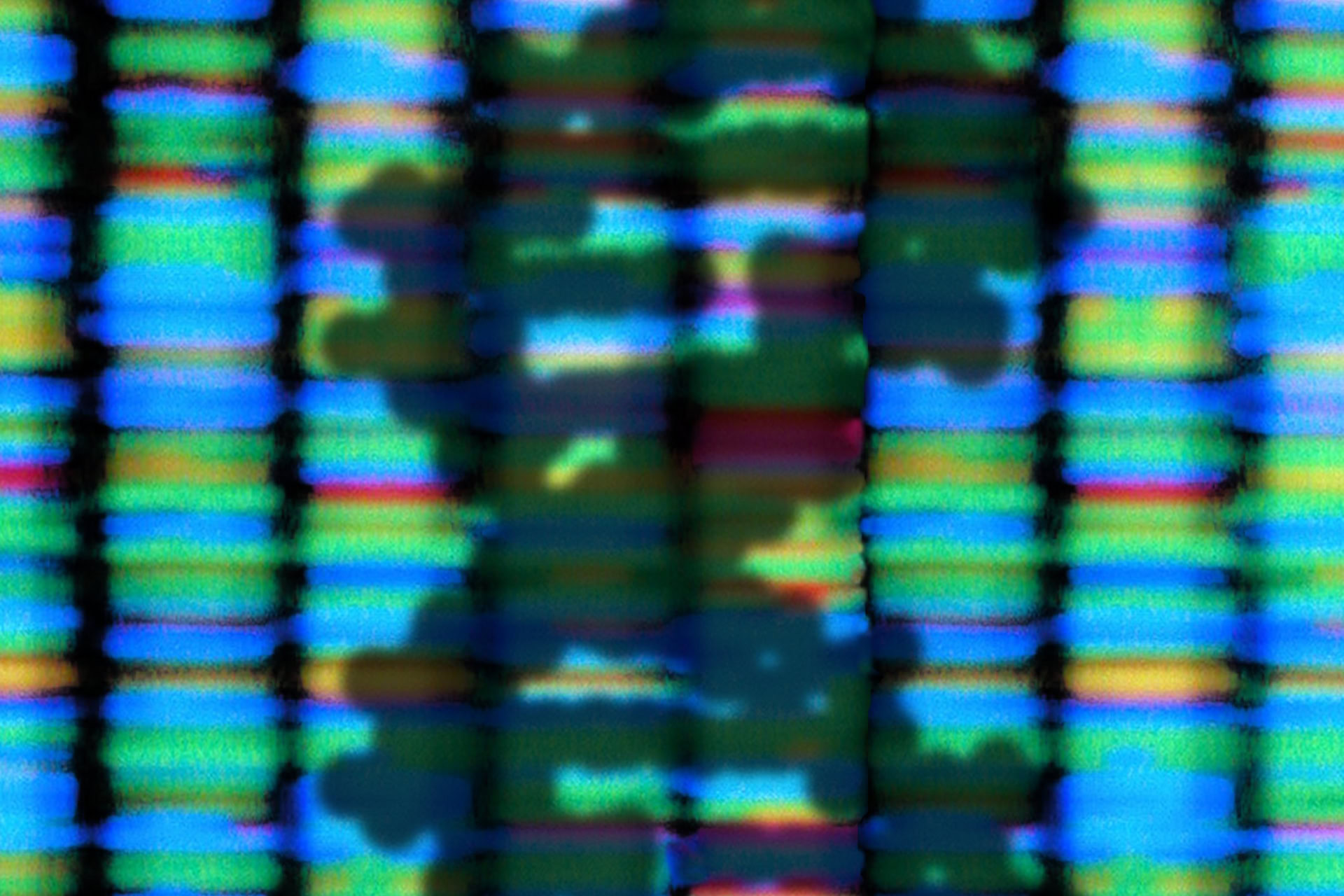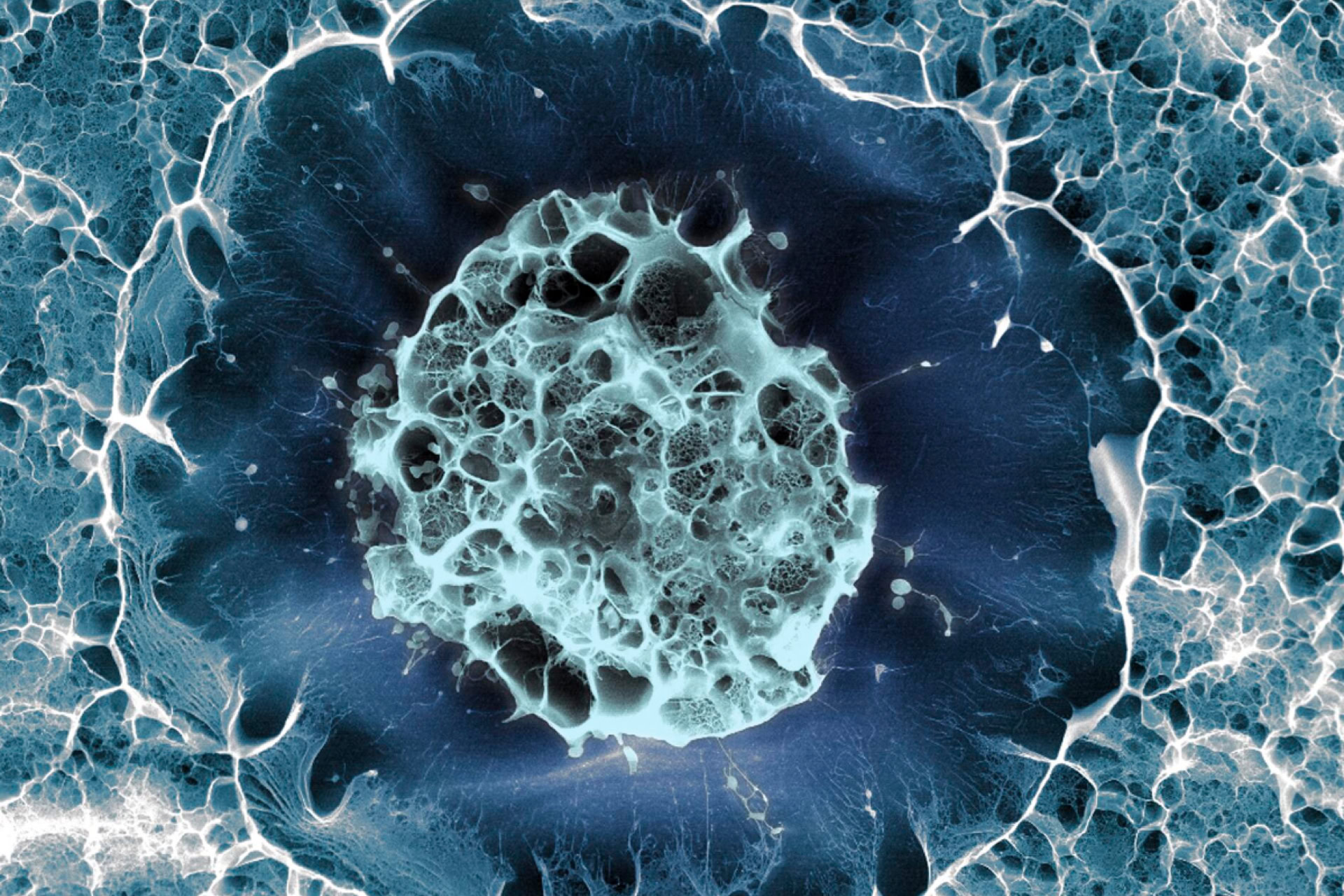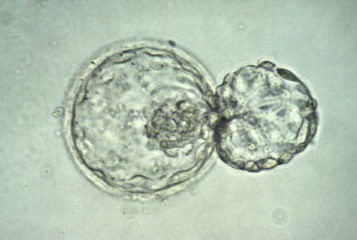The most comprehensive human lung cell map has been generated, which has revealed the wide variety of cell types in the lung and key differences between health and disease.
The Human Lung Cell Atlas (HLCA), outlined in the journal Nature Medicine, combined 49 lung datasets into a single integrated atlas, using advanced machine learning. By pooling and integrating datasets from every major single-cell RNA-sequencing lung study published to date, an international team of researchers created the first integrated HLCA. This map spans over 2.4 million cells from 486 individuals and gives new insights into lung biology that were not possible before.
'A comprehensive organ atlas requires many datasets to capture the diversity between both cells and individuals, but combining different datasets is a huge challenge. We developed a benchmarking pipeline to find the optimal method to integrate all datasets into the Atlas, using artificial intelligence, and combined knowledge and data from almost 40 previous lung studies,' said Dr Malte Lücken, a senior author of the study and group leader at the Institute of Computational Biology and the Institute of Lung Health and Immunity at Helmholtz Munich, Germany.
Lung research has benefited greatly from recent single-cell studies that show which genes are active in each cell. Despite this, the research has been limited by the number of samples and individuals included per study and challenges in successfully integrating available datasets. This map provides an overview of the cells in healthy human lungs, the variations between individuals and the changes that happen with disease.
The map also had the power to detect rare cell types in datasets and identified six cell entities not previously found in human lungs.
While the core of the HLCA was data from healthy lungs, the team also took datasets from more than ten different lung diseases and used machine learning to compare these with the healthy data, in order to understand disease states. Thus, the study found common cell states between lung fibrosis, cancer and COVID-19.
'This is the first effort to compare healthy and diseased lungs in one study in an integrated way. Finding these shared disease-associated cells is really exciting, and reveals a totally different way of looking at lung diseases, opening possibilities for novel treatment targets and developing treatment response biomarkers. Our findings also suggest that therapies working for one disease may help alleviate others,' said Professor Martijn Nawijn, a senior author of the study and professor at the University Medical Centre Groningen, the Netherlands.
The atlas is fully publicly available and it is expected to serve as a major resource for researchers to better understand lung biology in health and disease and accelerate new findings.
'Our study provides the first reference atlas of the human lung, and is an important milestone towards a full Human Cell Atlas.' concluded Dr Sarah Teichmann, a senior author on the paper from the Wellcome Sanger Institute, Cambridge, and co-chair of the Human Cell Atlas Organising Committee. 'It will also be a valuable reference for analysing future lung data, as it not only maps out novel cell states and processes but also generates consensus in the cell types.'






Leave a Reply
You must be logged in to post a comment.